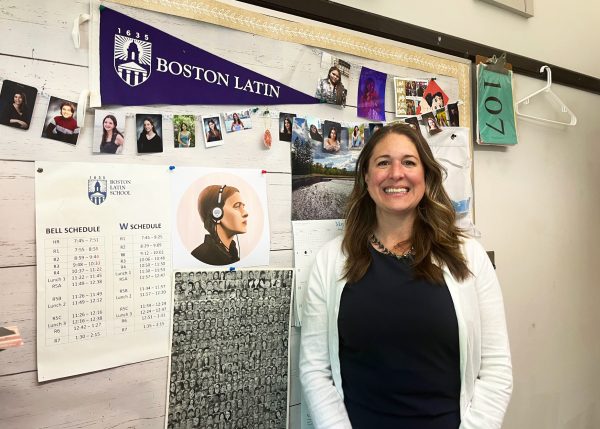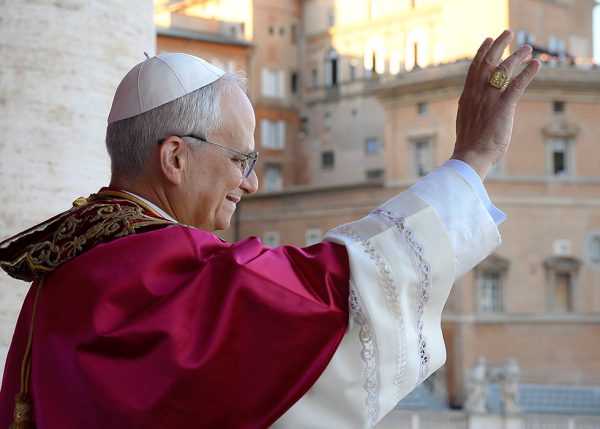BPS’s Green New Deal Gets the Green Light
This May, Mayor Michelle Wu announced her plans to invest 2 billion dollars in a Green New Deal for Boston Public Schools.
Touted under the name of the Boston Green New Deal, the plan’s main purpose is to modernize BPS’s long-neglected school facilities. After decades of deferring maintenance, BPS wants to accelerate the renovation of these facilities and the construction of new buildings to create safe and healthy learning environments.
City Hall and BPS collaborated to create an online Building Dashboard that assesses the needs of each school building. Schools receive an overall “Building Needs Score” based on assigned high, medium or low priority levels for specific maintenance categories.
With a Building Needs Score of 313.5 points, Boston Latin School ranks 103rd out of 132 BPS buildings (first place being the school with the greatest needs). High-priority issues for BLS, determined based on age, include the facade, plumbing, heating, ventilation and air conditioning (HVAC).
All 132 BPS buildings will receive renovations based on need. The condition of the building accounts for 75 percent of what factors into school renovations. The other 25 percent is based on an opportunity index that takes into account schools with the highest concentrations of students in need.
While a detailed financial allocation or timeframe has not yet been released, 605 million dollars from this new policy will be invested in a five-year Capital Plan beginning in 2023.
The BPS Green New Deal is part of a larger effort by the Wu administration for a Boston Green New Deal outlined in her first ordinance, which details plans for the city to divest from fossil fuels and eventually become carbon neutral by 2050.
BPS buildings contribute to almost half of the carbon emissions from all city-owned buildings. Renovating schools allows for low-carbon facilities with new energy conservation methods.
Environmental activists and those concerned about school conditions believe the proposal for BPS is a step in the right direction. Some say, however, that Wu could do even more for environmental sustainability and student needs.
The co-president of BLS Youth Climate Action Network (YouthCAN), Maya Nelson (II), believes there should be increased funding of HVAC installation to combat heat islands, which are cities that experience warmer temperatures than their surrounding areas. Nelson remarks, “As climate change is going to get worse, you’re going to see that [heat islands will] get even worse as well.”
Climate advocate Mike Ritter started a petition to use the funding to implement modern HVACs in every BPS school. With his own children in BPS, he believes that students cannot learn under conditions where HVAC is not functioning properly, and that the pandemic and climate change exacerbated the impacts of poor ventilation and temperature regulation systems.
Despite concerns over the use of the resources provided, advocates generally agree that this policy is an opportunity to address a history of inequitable and insufficient funding for BPS schools. BuildBPS, a billion-dollar, ten-year school facility improvement program developed under former Mayor Marty Walsh in 2016, has not yet followed through with capital works. For this reason, many hope that the BPS Green New Deal will get the ball rolling when it comes to green renovation.
YouthCAN member Esther Rosi-Kessel (II) states, “Obviously, there is always more that can be done, but I think it will be really helpful.” Rosi-Kessel cites BLS’s recycling program, hand dryers and water bottle fillers as examples of initiatives that have already been implemented at BLS thanks to past funding.
Ritter hopes that the Boston Green New Deal will put an end to short-term maintenance, and that those behind this new policy will start investing in the long-term sustainability and renovation of BPS schools. he concludes, “It’s neglect of the buildings, and neglecting the buildings is neglect of the students and teachers inside those buildings.”





